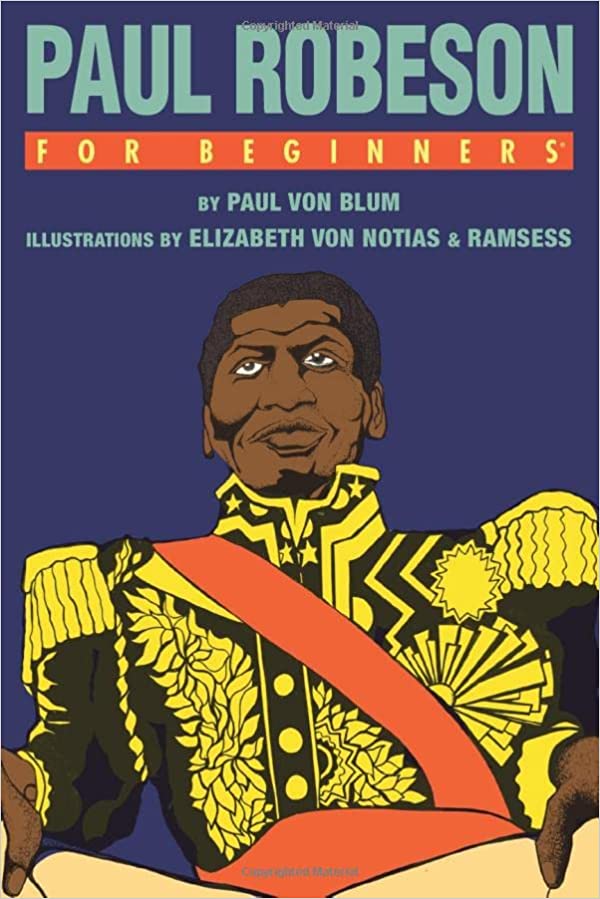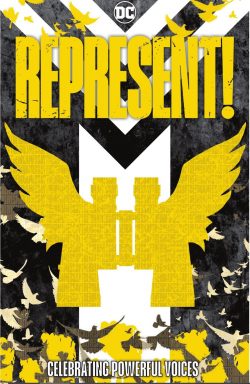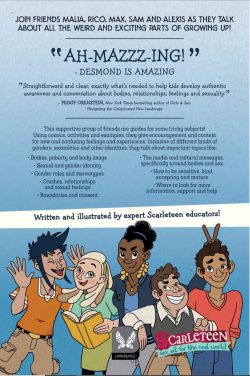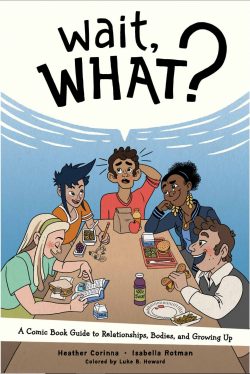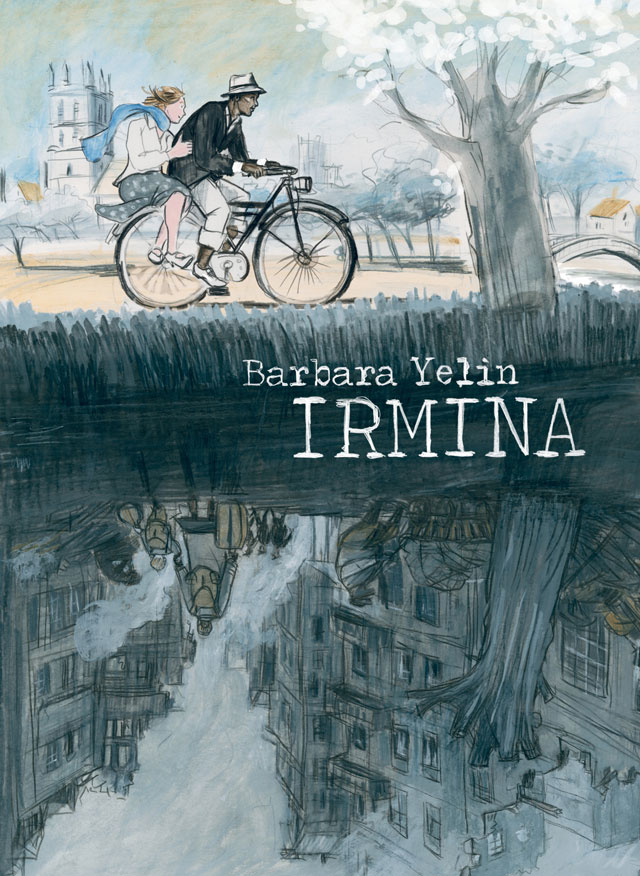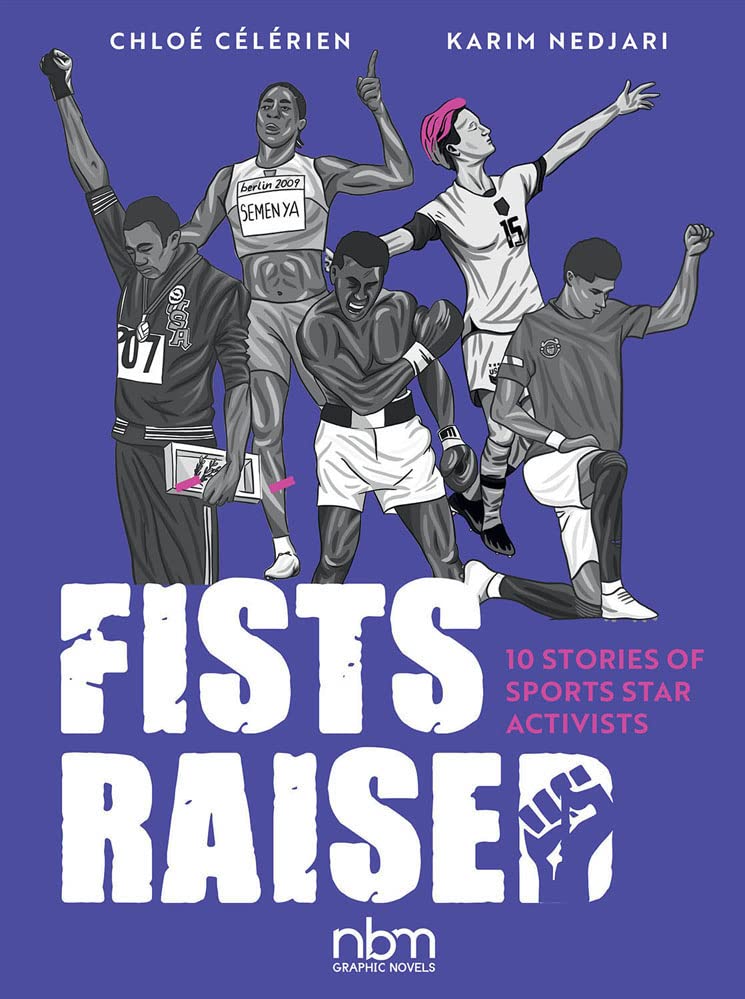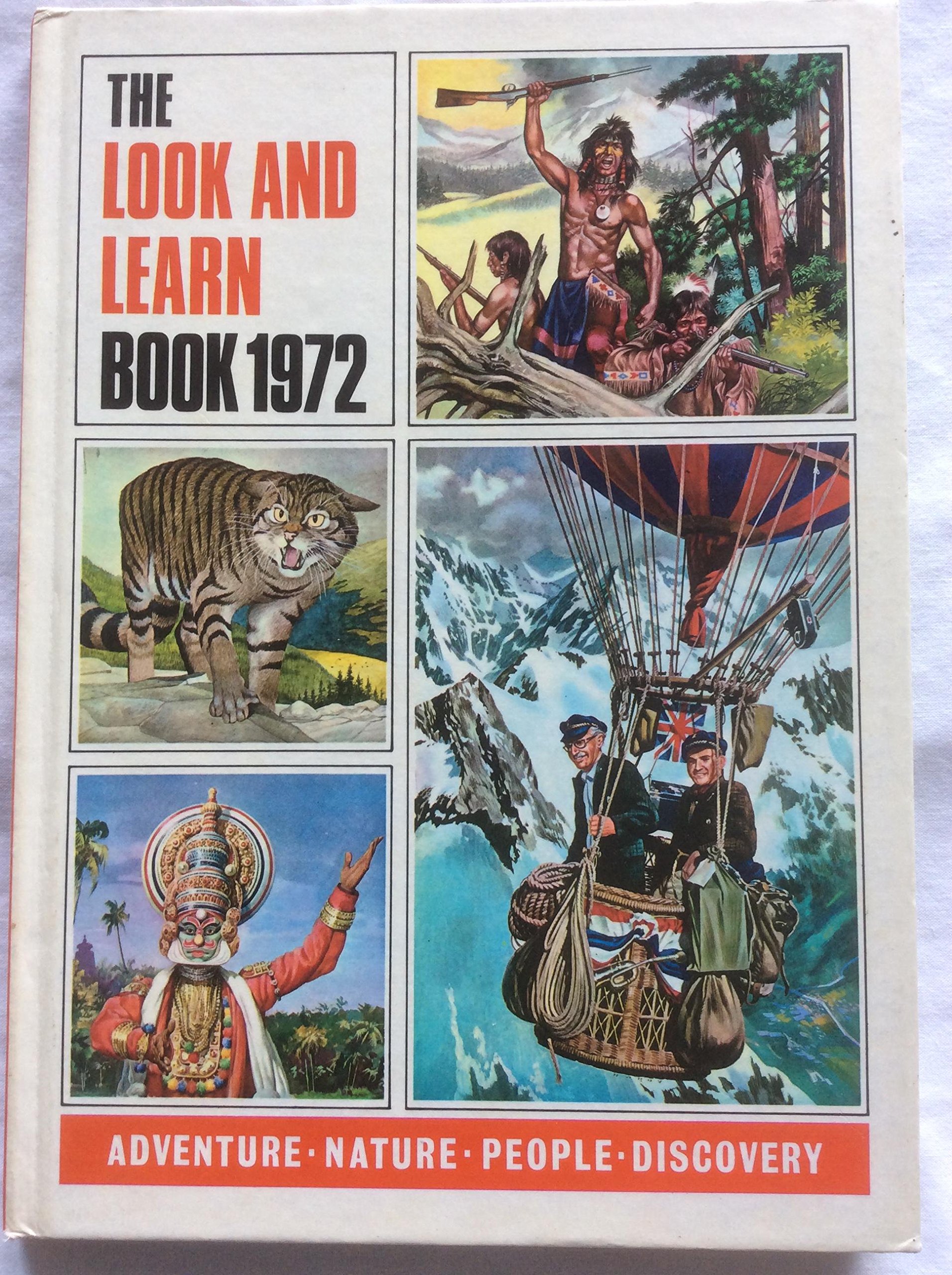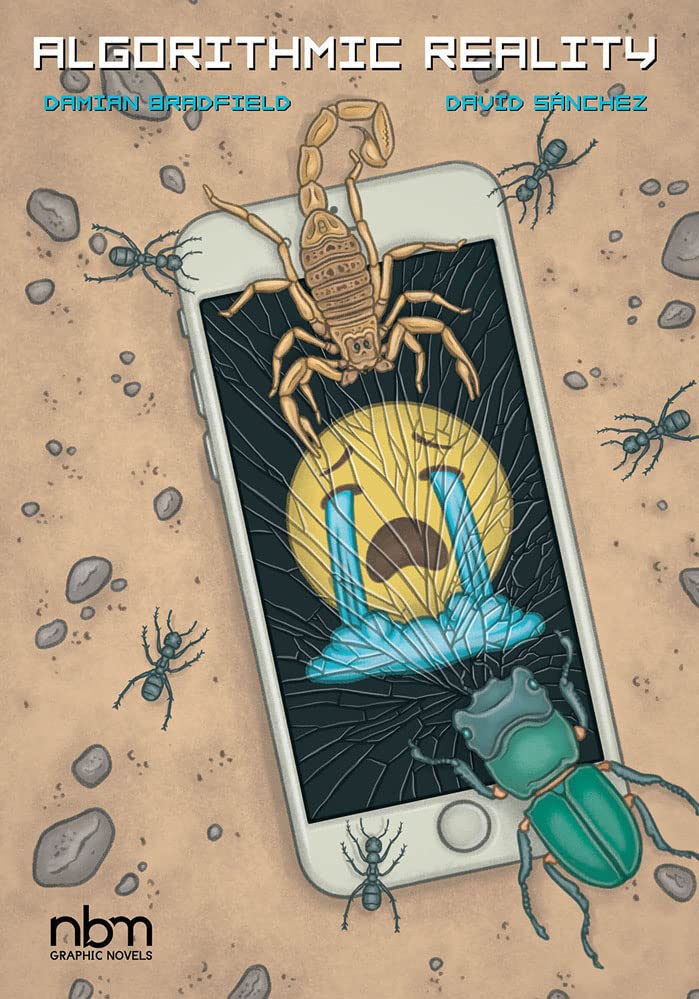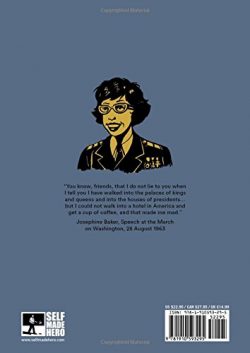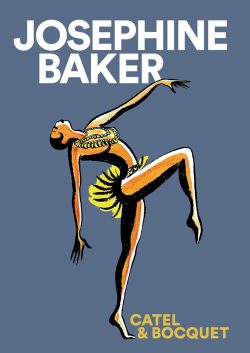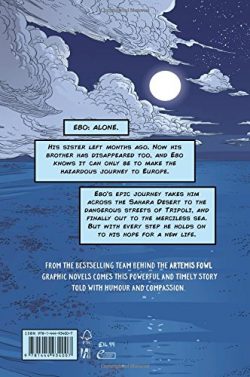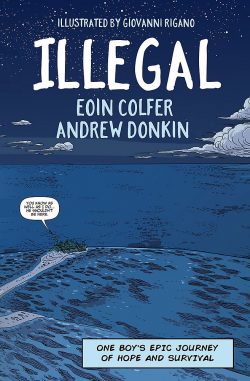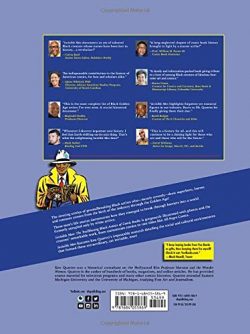
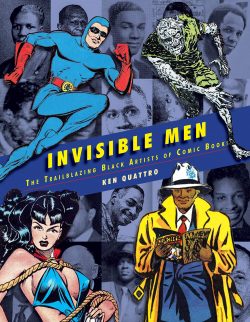
By Ken Quattro, and featuring material by Adolphus Barreaux Gripon, Elmer Cecil Stoner, Robert Savon Pious, Jay Paul Jackson, Owen Charles Middleton, Elton Clay Fox & George Dewey Lipscomb, Clarence Matthew Baker, Alvin Carl Hollingsworth, Ezra Clyde Jackson Alfonso Greene. Eugene Bilbrew, Orrin C. Evans, George J. Evans Jr., John H. Terrell, William H. Smith, Leonard Cooper, Calvin Levi Massey & various (IDW/Craig Yoe Books)
ISBN: 978-1-68405-586-9 (HB) eISBN: 978-1-68406-912-5
I’ve spent a lot of time here talking about “firsts” and “breakthroughs”, “role models” and changes in culture, and frankly, I’m not apologizing for any of it. We are not just the Naming ape and the Making ape, we’re also the Worshipping ape: contriving a never-ending blend of guesses, fiction and unexplained phenomena to bolster our courage, feed our hopes and explain away bewildering mysteries.
No other animal worships anything or uses supposition to build a model of the universe. Well, maybe cats do, but only in front of refrigerators. I’m still pondering that one and I’ll get back to you…
In comics we have always noted what hero and villain does what, mused on how that affects the reader and generally congratulated ourselves on how far we’ve come. What we don’t do so often is focus on how those comics are made, who did the work and how their lives were and are shaped by and impacted upon in what has always been a very hard-hearted if not actually cutthroat commercial industry.
For decades, a notion persisted that American comic books and the newspaper and magazine strips they grew out of were the sole preserve and creation of white men. It’s a blatant lie of omission fuelled by ignorance and apparent lack of interest. In recent years, as the world of word/picture stories became both an acceptable art form and cultural wellspring as valid and profitable – and high-fallutingly pompous – as movies, ballet or even jazz, it’s a belief that has been thoroughly challenged and utterly rubbished.
This superb, Award-winning collection drives a final great big stake through the notion by detailing the lives of black contributors to and workers in comics who were unnecessarily neglected and sidelined from the start. Here is a catalogue of almost universally unsung stars whitewashed out of comics history – just like in so many other areas of human endeavour over the last three centuries…
This scholarly examination details and commemorates the artists (some of whom you may have even heard of), threading and weaving them back into the full tapestry through a concise history of America’s negro culture spanning the end of slavery to the latter quarter of the last century. when the Civil Rights movement reminded white America and the wider western world that black people still dwelt amongst them and would no longer tolerate being Separate and (un)Equal…
Published under the aegis of Craig Yoe’s pioneering, tireless efforts to legitimise the world of funnybooks, Invisible Men is Compiled and written by author, essayist and historian Ken Quattro (Hoo-Hah!, The Al Williamson Reader). It shines a light on dozens of African Americans who contributed to the burgeoning comic book field. Many also had lengthy careers in a parallel but unspoken, black-only publishing industry (to which, just like the movies, made books, comics and magazines white audiences were utterly oblivious). Others were not so fortunate…
These personal histories are supported by copious examples of their work and even the other sort of stories: complete strips to read and enjoy, elevating this collection beyond mere historical tract and cultural correction whilst conveying and sharing the joyous exuberance and “anything goes mentality of Golden Age” comics entertainments…
Setting the scene is an Introduction from archaeologist, cultural anthropologist and comics fan Stanford W. Carpenter, PhD, addressing the vast, varied and deliberately buried social and racial mix that was almost uniformly subverted to a male, white, Anglo-Saxon sensibility and agenda in the natal moments of the comics industry…
Then Quattro’s essay ‘Seeing the Unseen’ scrupulously details the lousy, dangerous working world for non-white mass media artists and how the situation so-slowly altered over decades. He also bravely takes the bull by the horns in addressing the ever-shifting terminologies used to define racial (and religious) differences over decades. If even reading certain words or mercifully archaic and obsolete phrases might cause you difficulties, you’re better off stopping here and staying unenlightened. We’ll just go on without you…
The first candidate for your attention is ‘Adolphus Barreaux Gripon – Visible Man, Invisible Pioneer’ and he is the perfect example to discuss the far from clear-cut social scene of this era. Well-educated and relatively well-off, he was also called Adolphe Leslie Barreaux and was officially classified by the US Census Bureau as “mulatto”. For many that meant he was just white enough to acceptable…
He worked as a magazine illustrator, newspaper strip artist and – when comic books were born – drew those too. Here, that translates to beautiful examples of The Enchanted Stone of Time (Dell’s The Comics), Flossie Flip (a regular of the Police Gazette), Dragon’s Teeth from Champion Comics, and the legendarily salacious Sally the Sleuth (Private Detective Stories, Crime Smashers). His entry concludes with Sally saga ‘Death Bait’, as seen in Private Detective Stories volume 21, #3 from June 1949.
‘Elmer Cecil Stoner – Harlem Renaissance Man’ traced his lineage back to George and Martha Washington (before the first First Lady freed his ancestors), and became a prominent artist in Pennsylvania. His comics efforts included The Golden Age Blue Beetle, The Challenger and Phantasmo whom he created for Dell’s The Funnies. After WWII he moved into producing commercial and promotional comics as well as high profile advertising work. His major contribution here is ‘The Threat from Saturn’ as originally seen in The Blue Beetle #34, September 1944 and biographic strip ‘Rev. Ben, Fighter of Fascism’ (detailing the life of black anti-fascist preacher Ben Richardson from 1945’s The Challenger #1).
Money talks and at this juncture enforced egalitarianism. The new big thing in entertainment was exploding and publishers needed pages filled as cheaply as possible, even if they had to be written, drawn and lettered by black people or even women…
Legendary designer and Civil Rights activist ‘Robert Savon Pious – The Afrocentric Historian’ is represented by many of his most important works. However we’re focussing on his early strips The Dopes, Blue Bolt covers and Kalthar the Giant Man (Zip Comics). Also on show is informational feature ‘Facts on the Negro in World War Two’ with horror classic ‘The Ghost from Algol’ (Adventures into the Unknown #8: December 1949/January 1950). Tragically short-lived ‘Jay Paul Jackson – an Artist Apart’ is celebrated in many racy works (such as Tisha Mingo, Speed Jaxon and Home Folks) from black newspapers; patriotic cartoons and paintings and his only known comic book strip ‘Blond Garth’ (from Colossus Comics #1, March 1940).
Troubled ‘Owen Charles Middleton – Resilient Idealist’ reveals a talented creator who spent much of his as an incarcerated black man, union worker, and American political campaigner. His art entries include paintings, political advertising imagery, newspaper cartoons and comics such as Fawcett’s Spy Smasher. His complete tale is ‘Two Months in the Bush’ from Dell’s War Heroes #5 (July-September 1943).
The contrasting lives of ‘Elton Clay Fox & George Dewey Lipscomb – The Progressive and the Professor’ displays Fax’s landmark posters for the NAACP and his rousing anti-“Jim Crow” newspaper cartoons. Less well known are pioneering teen magazine Young Life, syndicated biographical panel cartoon ‘They’ll Never Die’, cover/interior illustrations from Dr. George Washington Carver, Scientist and extracts from the Classics Illustrated newspaper serial. Also on view are Susabelle and Afro Comics strips, as well as a complete Bull’s-Eye Bill episode from Target Comics (vol. 6, #3 May 1945). Lipscombe’s contribution is the script for African adventure strip ‘Simba Bwana – Lion Master!’, limned by Fax for Jack Armstrong #1 (November 1947).
If the nebulous cohort of black comics artists had a super star, it was absolutely ‘Clarence Matthew Baker – The Natural’ who lived fast, drew lots and died notoriously young. Matt Baker is famed for racy sexy adventure, but he evolved into a sublimely gifted master illustrator of subtle drama and romance. Unlike most of his contemporaries, Baker did most of his work in comic books, as seen here in covers for Phantom Lady, Seven Seas Comics, Cinderella Love and Teen-Age Temptations. Interior Tiger Girl pages complement extracts from Canteen Kate – an early, outrageous “crossdresser” challenging those hidebound male role models…
Examples of his magazine illustration work comes from Pulp Mystery Tales #6 and the Flamingo newspaper strip, but the true gold here is the complete Voodah adventure from Crown Comics #3. Cover-dated Fall 1945, it featured the first clearly, indisputably black hero in American comics: an otherwise standard jungle god type character battling white hunters and marauding natives. By issue #6, the editors had noticed what was happening and Voodah magically and without fuss turned into a far more believable white guy king of the jungle…
Baker is so darned wonderful that his chapter includes a second complete strip with the improbably pneumatic Phantom Lady polishing off ‘The Subway Slayer!’ in a wild romp from the appropriately dubbed All Top Comics #12 (July 1948)…
A pre-eminent illustrator of a later era, ‘Alvin Carl Hollingsworth – The Young Professional’ blends fascinating tales of the educational opportunities enjoyed by young black and ethnic artists (like Joe Kubert or Alex Toth) with later adult success. Many comic books ultimately benefited from New York’s forward-looking scholastic integration policies as seen in images re-presented here.
These include Hollingworth excerpts from Diary of Horror #1, Inspector Roc’s Felony Files (inked by Kubert), ‘Farewell to Love’ (True-To-Life Romances #9, 1949), and even superhero Bronze Man. Horror snippet ‘The Ripper’s Return’ precedes a selection of prospective newspaper features about black schoolteachers. Somehow, neither Dorothy Tutor or Bob Mentor caught on in the 1950s…
Hollingsworth was of Afro-Caribbean rather than African American origins and the dichotomy and tensions between the distinctly different communities makes for fascinating reading here, supplemented by later fine art, design, political, editorial and journalistic paintings and prints.
His comic book section delivers biographical tale ‘Lena Horne’ (Juke Box Comics #2, May 1948) and ‘Where Zombies Walk!’ (Witchcraft #5, December 1952/January 1953)…
Triumph and tragedy tinge the stories of ‘Ezra Clyde Jackson & Alfonso Greene – A Tale of Two Students’ who attended Manhattan’s High School of Industrial Art.
Originally Jackson paired with white veteran Maurice Whitman before going solo, in features such as The Iron Ace (Airboy Comics), ‘The Secret Seven’ (Patches Comics #1, 1945) and Classics Illustrated: Typee. His complete solo outing here is eerie chiller ‘Sentence of Death’ (Suspense Comics #9, August 1945).
As described in a heartbreaking testimony from Alex Toth, Alfonso Greene had a far harder ride and died the way so many black men still do today, but his work at least survives in strips like ‘Swimming Lessons Save a Life’ and true crime yarn ‘Bandit Patrol’ (both from New Heroic Comics #64, January 1951), ‘Boy Hero’ (life-saving black youngster Roy Marshall Jr.in New Heroic Comics #53, March 1949), and ‘Wonder Women of History: Sojourner Truth’ (Wonder Woman #13, Summer 1945).
‘Eugene Bilbrew – A Different Talent’ found his place in comics via popular music and record design, via strips like Astro Girl, The Charlie Mingus Record Club, fetish magazines and the comedic Clifford back-up strip in Will Eisner’s syndicated Spirit Section.
As previously stated, America at this time supported two separate worlds, one black and the other acceptable. Even in liberal states that championed full equality, most black folk kept to their own neighbourhoods, ran their own businesses and ran their own churches and entertainments. Inevitably, that led to comics for coloured folks thanks to ‘Orrin C. Evans, George J. Evans, Jr., John H. Terrell, William H. Smith, Leonard Cooper – At Last, The First’ who acted in concert and launched All-Negro Comics in June 1947. Closely allied to left wing political movements the output was target-specific, limited in distribution and short lived, but it proved there was room for many kinds of readership. This chapter includes formative strips from black papers – such as Adventures of Tiger Ragg by John Terrell – and describes how All-Negro Comics was born and died. On show are house ad, covers, excerpts from assorted series ‘Sugarfoot’, ‘Lion Man’ various gags and cartoons and the complete first exploit of two-fisted street tough private eye ‘Ace Harlem’…
This astounding chronicle concludes with the life of breakthrough artist ‘Calvin Levi Massey – Vanguard of the Next Generation’. His later artistic endeavours advanced black culture on a rapidly-shifting world stage, but only after a relatively stellar comics career as a cartoonist. Employers included James Warren, and he was a mainstay of Atlas/Timely and a jobbing illustrator; as seen here in moments from ‘The Milton Berle Story’ (Uncle Milty #2, February 1952), and all of ‘Absent-Minded Professor’ (Horror from the Tomb #1, September 1954)…
Augmented by an affirming ‘Afterword by Ken Quattro’ and a prodigious ‘Index’, this powerful tract balances some historical scales and bestows acclaim on those unjustly excluded, by offering a sublime selection of strips and stories crafted by Invisible Men who – like women – were always there, if we’d only bothered to look…
™ & © 2020 Gussoni-Yoe Studio, Inc. All Rights Reserved.

